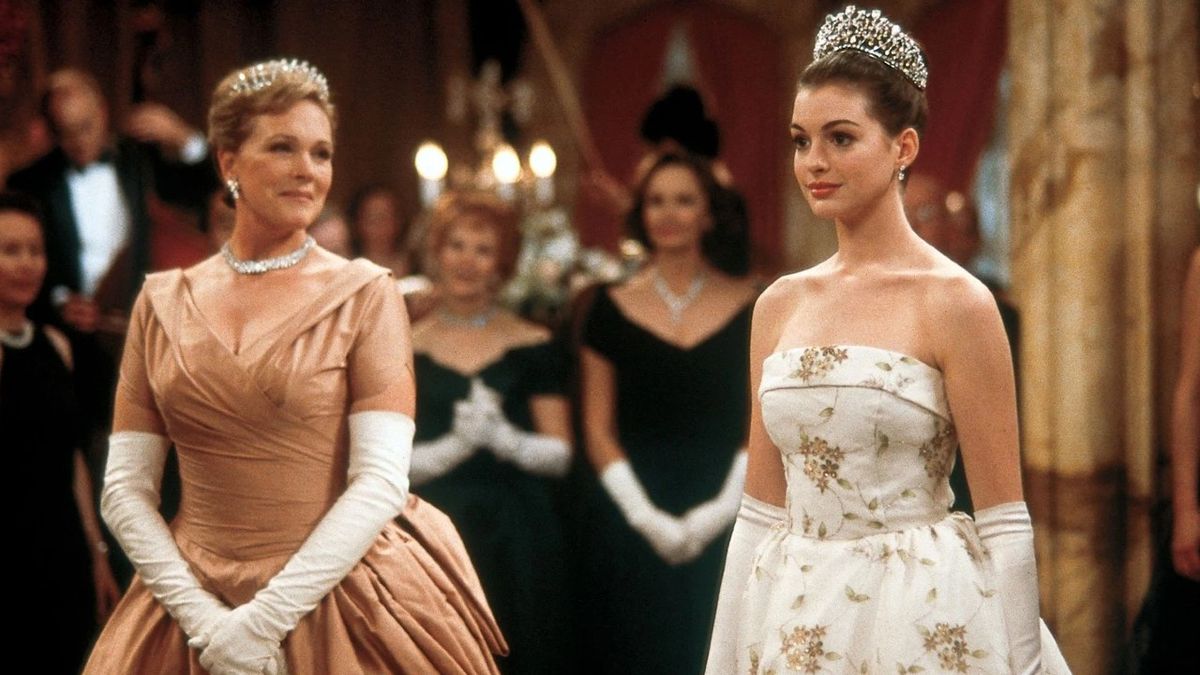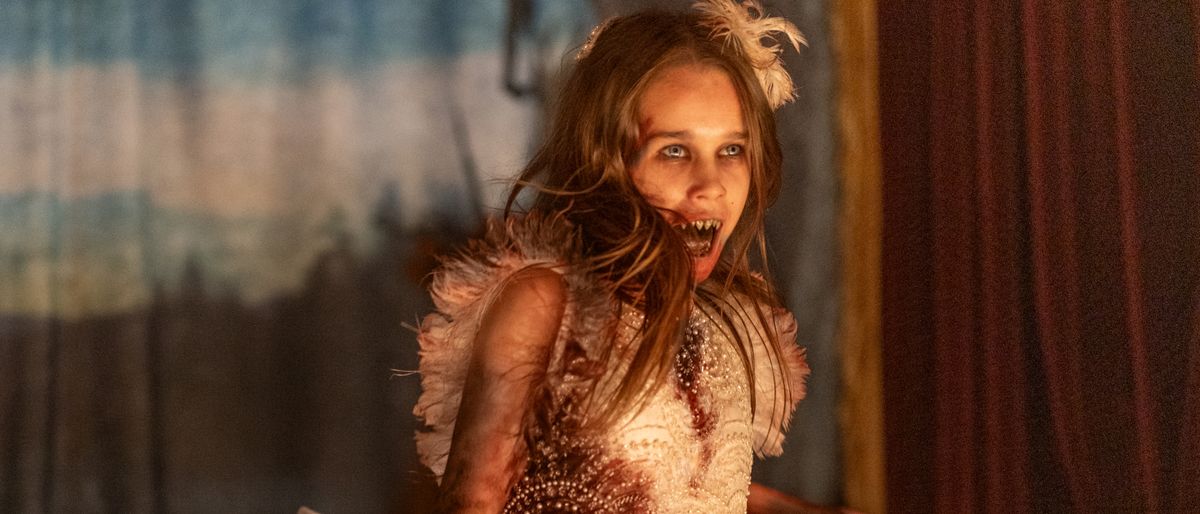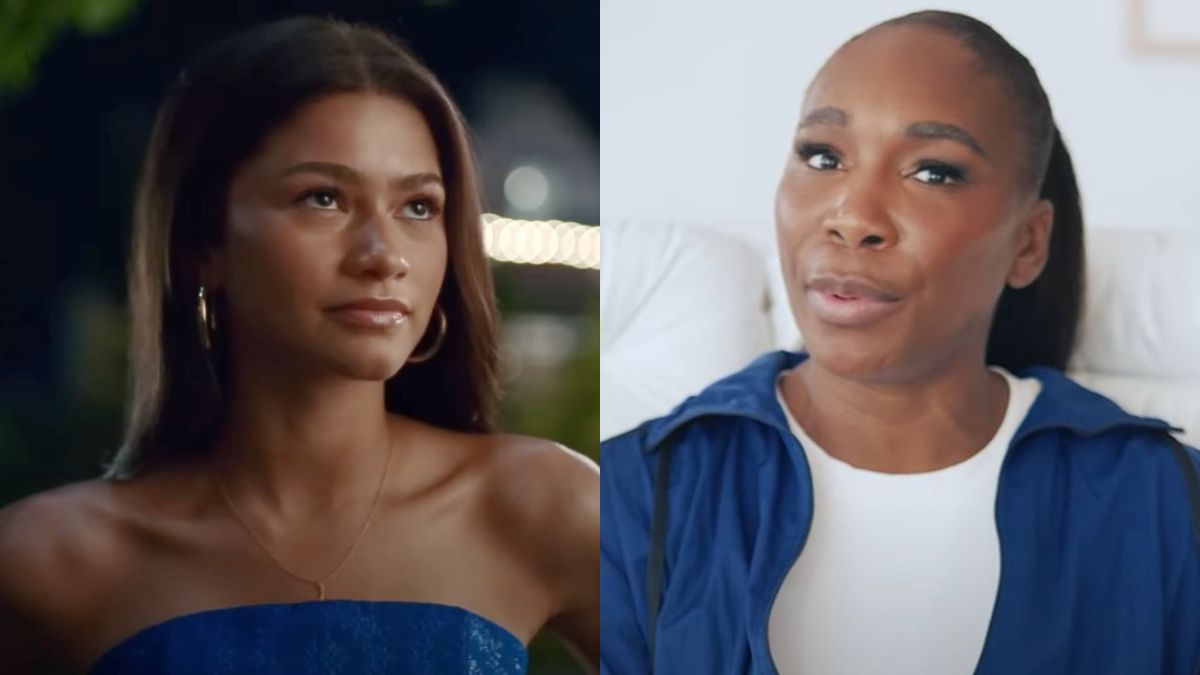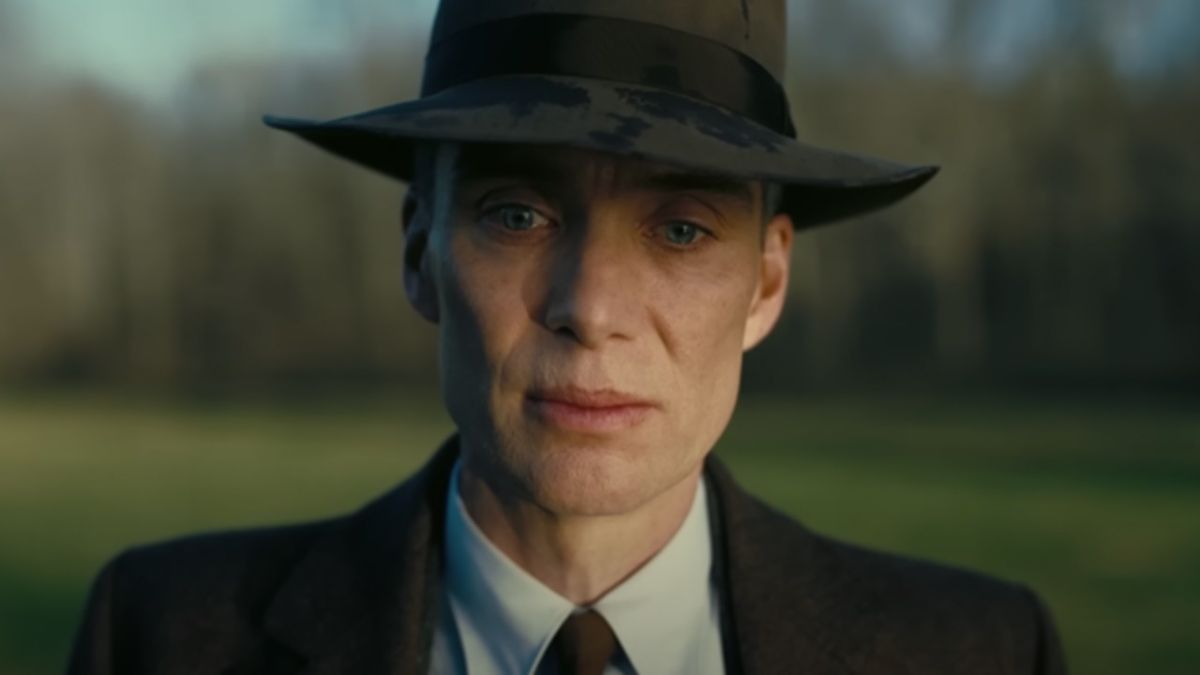Top Gun: Maverick’s Aerial Coordinator Shares His ‘Number 1’ Rule On Set And How Tom Cruise, Joseph Kosinski And The Studio Agreed On Practical Effects
Top Gun: Maverick is the biggest movie of the year and a lot of the credit for that is being given to the fact that the film focused on real practical action whenever possible, that and it had Tom Cruise in it. All the Top Gun actors are actually up in the air and the fighter jet action is almost entirely real. While the movie does use digital effects when necessary, aerial coordinator Kevin LaRosa Jr. says the number one rule of the production was that they were never filming empty sky.
In major CGI heavy movies it’s not uncommon for cinematographers to literally film nothing. When everything that is going to be in the shot is CGI, then all the digital artists need is an empty frame to put the work into. This was reportedly against the rules of Top Gun: Maverick. Aerial coordinator Kevin LaRosa Jr. tells That Shelf that even when CGI was in use, it was only used to enhance something that was real. He explained…
My number 1 Top Gun: Maverick rule was: Something’s always in lens. You know? There’s some aircraft that maybe are not readily available to us in that movie. Those are F-18s that are reskinned or enhanced. But we’re never looking at blank sky. We’re never just filming CGI things. We’re always filming real, practical aviation assets flying in front of a lens. I think that the audience can tell when something is real. I think that we’ve seen a lot of other movies in our time, big, high-grossing movies that are heavy on CGI and visual effects. I think we can tell. And when we watch something like Top Gun: Maverick it feels real, it looks real, it’s visceral.
One key example of CGI enhancement given is the F-14 that makes an appearance in the third act of the film. The jet is no longer something that’s readily available in the U.S., which meant that the production actually used a more modern F-18, and then used CGI to transform it into the older model. The CGI is there, the CGI is nearly all you see on screen, but the production still filmed a real plane.
Tom Cruise had said for years that when and if he ever made a sequel to Top Gun, it would need to use real jets and not CGI, and he was clearly able to get buy-in on that idea from everybody involved. LaRosa Jr. says that the “no blank sky” rule wasn’t something he came up with, but something he was told from everybody above him in the chain. He continued…
From the very get-go, from the very beginning from Tom, Joe Kosinksi and Paramount everything had to be real and if it was going to be something CGI it was strictly an enhancement. So, what that means for a guy like me is everything needs to be shot in camera. So, we’re telling Joe Kosinski’s story and we’re doing that all in camera. There’s always a subject aircraft; we’re never shooting blank sky.
Clearly, every decision that Top Gun: Maverick made was the right one. You don’t make over $1 billion at the global box office if you make any significantly wrong moves. Fans clearly don’t mind CGI heavy movies, but they also appreciate the real thing.






